
Does your shoulder feel stiff and painful or like it’s “frozen” solid?
Has it become a source of trauma and anxiety because everything you try makes it worse?We understand.
We treat patients like you all the time. Patients who have been failed by the reductionist techniques practiced by traditional physical therapists, who treat the shoulder in isolation from the rest of the body and force the shoulder to unlock and move but make things much worse in the long term.
If you visit a traditional Western medical doctor or PT for help with your shoulder, they will probably try to diagnose and label your painful and/or immobile shoulder as something called “adhesive capsulitis” or “frozen shoulder.“
They’re two interchangeable “labels” for the same so-called medical condition. Again, looking at the shoulder as something independent from the rest of the body. But to us, as Myofascial Release Therapists, both terms are meaningless.
They don’t matter. What does matter (and the step to fixing it) is the root cause and why your shoulder is acting this way and protecting itself.
When the connective tissue (or fascia) in the shoulder joint capsule and the ligaments that connect the upper arm bone to the shoulder socket (to keep it firmly in place) become stiff, inflamed, and thick, you can experience symptoms like pain radiating down into the upper arm.
You may also feel like your shoulder is “frozen solid.” Consequently, the lack of shoulder movements makes the shoulder capsule taut and thicker, making it increasingly difficult to use. Hence, the shoulder “freezes” – as if frozen in its place.
These symptoms are even worse if you get them in your dominant arm. You can’t write, catch, throw a ball, open cans, tie your shoelaces, reach for the coffee cups, button your shirt, use scissors, or any of the other everyday tasks that we take for granted when everything is moving as it should and both arms are working well.
But even if it isn’t in your dominant arm, an immobile shoulder can affect your quality of life and ability to work, prevent you from going to the gym and playing sports, and doing all the things you love.
So, shoulder problems – whatever the label – are no fun for anybody. This blog explains what’s really going on, what might cause your shoulder to “freeze,” and what we can do about it.
More Blogs From Release Works
How Breast Augmentation Scars Can Cause Pain and Problems, Both Now And Later
Can I Avoid Getting Scar Tissue After Surgery?
What Is a Fascial Plane, And Why Should I Know About It?
Western Medicine & The Diagnosis Of Frozen Shoulder
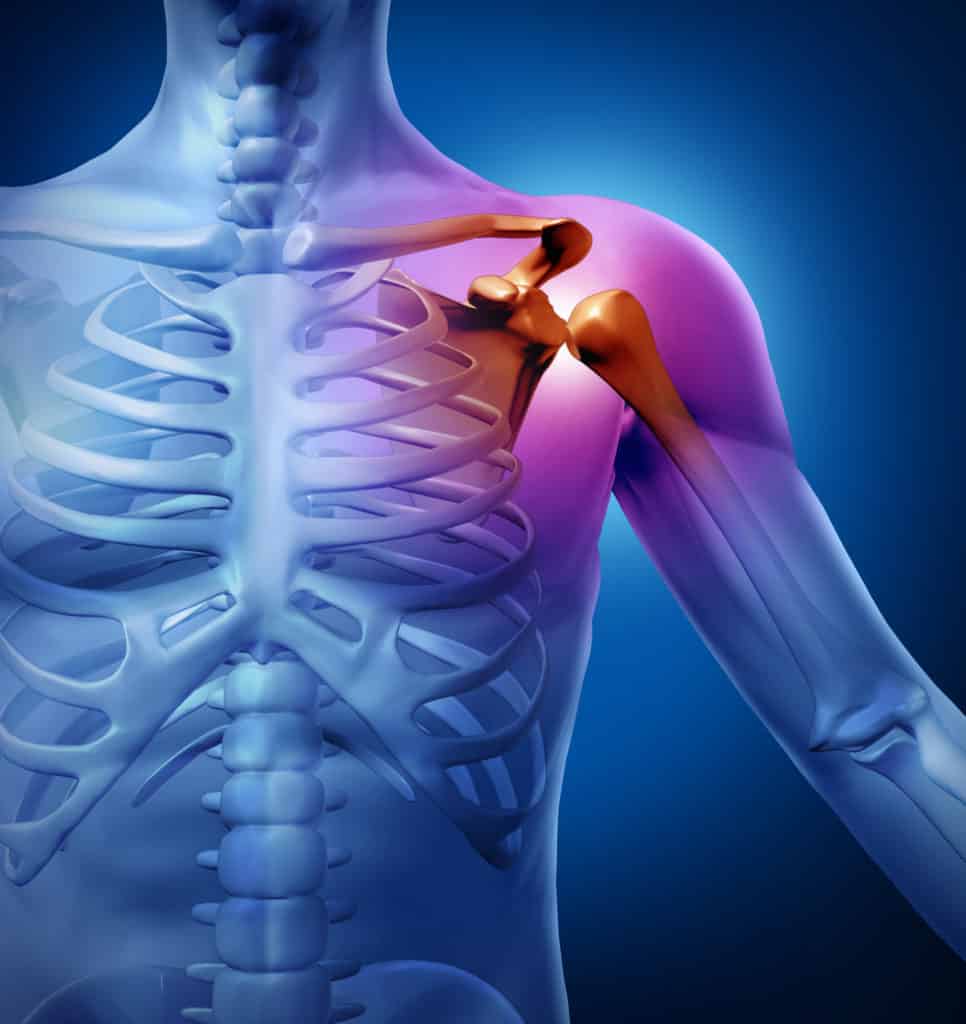
Most traditional Western medical doctors and physical therapists work on the same generic, cookie-cutter theory that frozen shoulder manifests in three stages (for everyone):
- The freezing stage: The initial stage of the condition is said to begin with pain and stiffness that eventually makes it difficult to use the shoulder. They report that there is usually a gradual increase in the intensity of the pain. In most cases, the pain worsens at night, and free movement of the shoulder is restricted. The freezing stage of frozen shoulder and the associated symptoms remain from two to nine months.
- The frozen stage: In the second stage of the condition, they suggest that you might see a decrease in pain, but the stiffness remains. This stiffness makes it a challenge to carry out your day-to-day activities. The frozen stage of frozen shoulder can last anywhere between two and six months.
- The thawing stage: In the third stage of the frozen shoulder, pain decreases, and movements return slowly. They consider it a complete or almost complete recovery when your range of motion and strength improve, which can take anywhere from six and 24 months.
For most patients, pain management is the first line of treatment offered by Western medicine doctors until the first (freezing) stage is over. If the condition remains, physical therapy or surgery (in chronic and severe cases) will be recommended to regain the range of motion.

Traditional treatments for frozen shoulder include:
- Ice/hot packs: Alternating between hot and cold compresses can reduce inflammation and pain.
- Pain medication: Your doctor may recommend pain medication to alleviate the pain, such as NSAIDs like acetaminophen and Ibuprofen, along with other medicines for swelling and pain. If you have severe swelling and pain, the doctor may prescribe the use of steroid injections. E.G., a cortisone injection into the affected shoulder.
- Physical therapy: physical therapy is often recommended to treat frozen shoulder with movement and stretching exercises that focus on mobilizing the shoulder, but the results are somewhat limited because physical therapists don’t tend to look for and treat the root cause. They just treat symptoms. Physical therapy also often focuses on building shoulder strength, but if the joints and bones are having trouble moving, trying to strengthen is like being in a fight with yourself with one part of you holding tight and the other insisting you move and get stronger. Neither side wins and the shoulder stays stuck and painful.
- TENS: Transcutaneous electrical nerve stimulation via a TENS machine involving a small battery-driven device may be used for further pain relief.
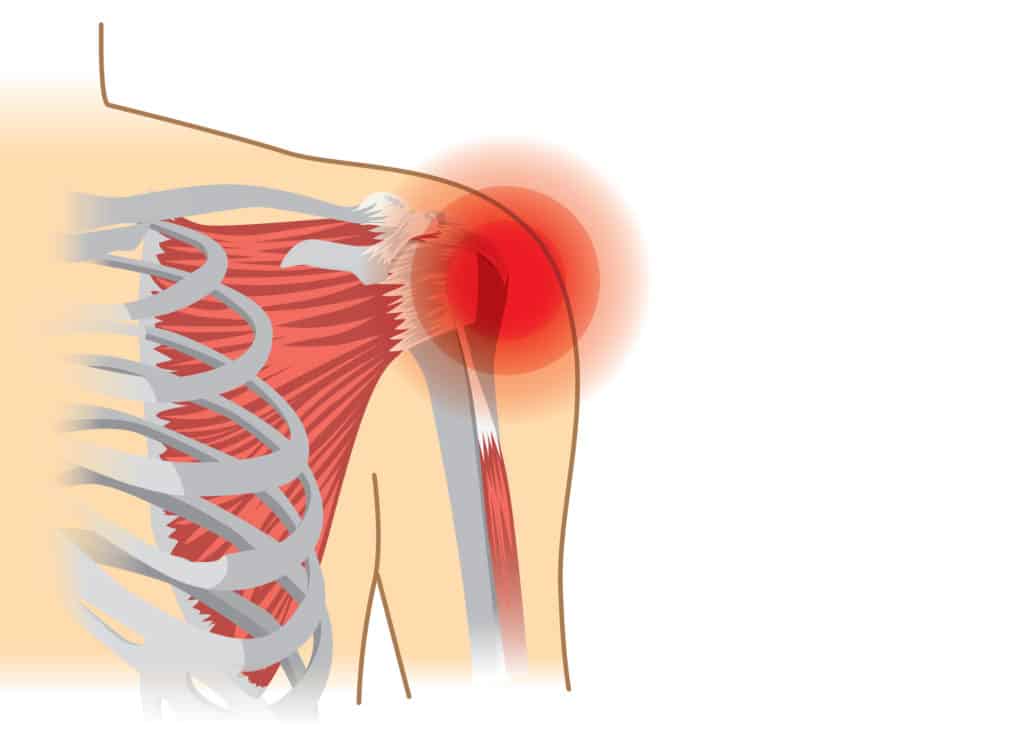
In cases where patients do not respond to conservative treatments within 12 months, your doctor might recommend other methods like:
- Manipulation surgery: This is carried out under anesthesia when sedated, and the doctor manipulates the affected shoulder. This manipulation, they say, will result in the joint capsule tearing or stretching, loosening the ligaments, and improving the shoulder’s range of motion. (Barbaric, right? Especially when you remember you’re dealing with a conscious system that protects itself.)
- Arthroscopy: During this surgical procedure, tiny incisions are made in the affected shoulder joint, and the surgeon uses minute instruments to find and fix the adhered capsule and address any other tissue damage.
The problem with this theory and its prescribed treatment is that no two people or two shoulders are the same.
So, the idea that every individual moves through the same three stages is almost as ridiculous as suggesting that “frozen shoulder” is a specific medical condition that randomly affects the shoulder in isolation. It’s just a set of symptoms that differ for everyone.
There’s No Such Thing As Frozen Shoulder
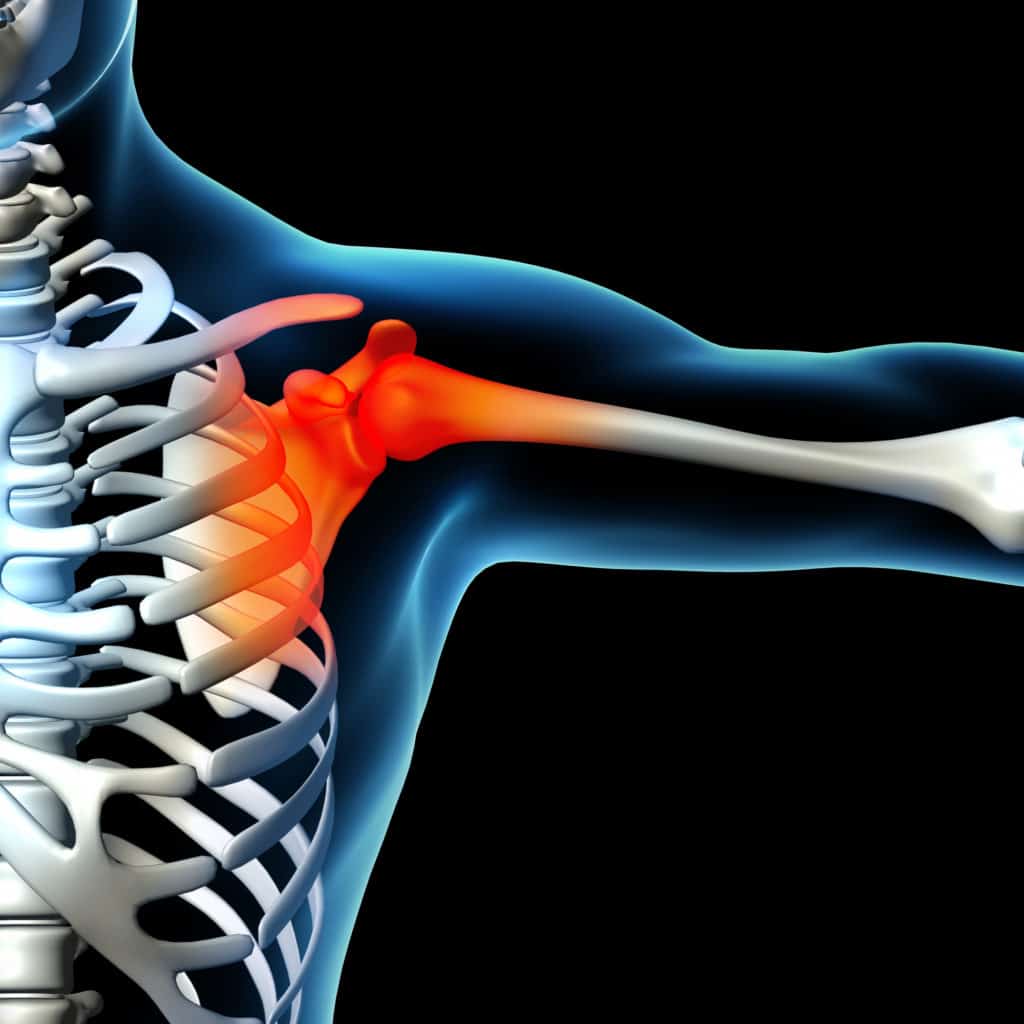
Many situations and musculoskeletal issues mimic the so-called “frozen shoulder.” But what you call this set of shoulder symptoms really doesn’t matter.
So instead, at Release Works, we focus on the root cause by evaluating your symptoms and medical history and performing a detailed physical examination of your shoulder, arms, and body as a whole.
To us, it’s crazy that doctors and physical therapists believe that shoulder pain always originates in the shoulder and doesn’t have anything to do with issues in the rest of your body.
Such as problems with your lumbar or cervical spine, chronic stress and tension, trauma, anxiety, and/or misalignment of the hips, pelvis, and other joints in the body.
Have you ever tried to move an arm or a leg without moving anything else?
It’s impossible. Everything connects.
When we examine you, we move your shoulder in different directions to check your range of motion and see when there is any pain.
But we also look at what other structures in your body may have been at play in the development and progression of your symptoms.
Have You Been Told You Have A Frozen Shoulder?
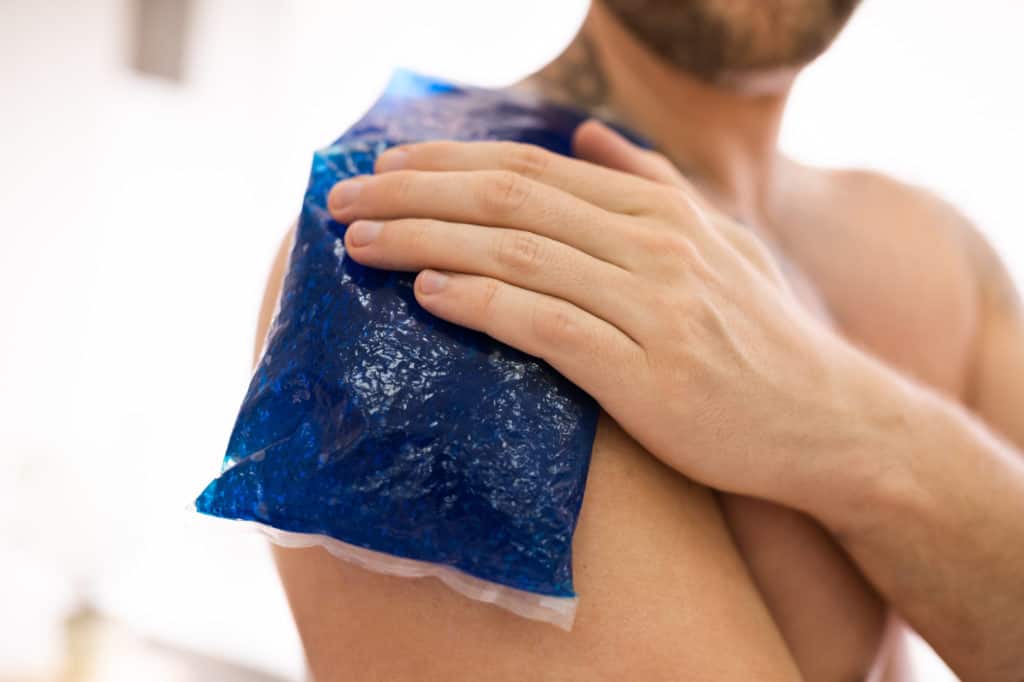
At Release Works, we help you reclaim a body that feels good and moves well – regardless of the label. In fact, we don’t name any condition or physical situation because most describe the symptoms, not your root cause, which is usually a handful of different events, old injuries, and emotional wounds.
For instance, any trauma or surgery to the shoulder that prevents free shoulder movement due to using a sling, shoulder brace, or just being unable to use your arms (such as a fractured collarbone, shoulder blade, or rotator cuff injury) can cause your shoulder to try and protect itself by thickening the connective tissue around your shoulder.
However, we know that any issue with your shoulder(s) can be debilitating and severely affect your quality of life.
So, if you’ve been told that you have a “frozen shoulder,” let us help you find out what’s really going on. You don’t have to put up with the pain indefinitely until it “thaws,” as they say.
Nor is it a consequence of “getting older” or “having diabetes.” That’s nonsense.
How To Prevent Shoulder Problems
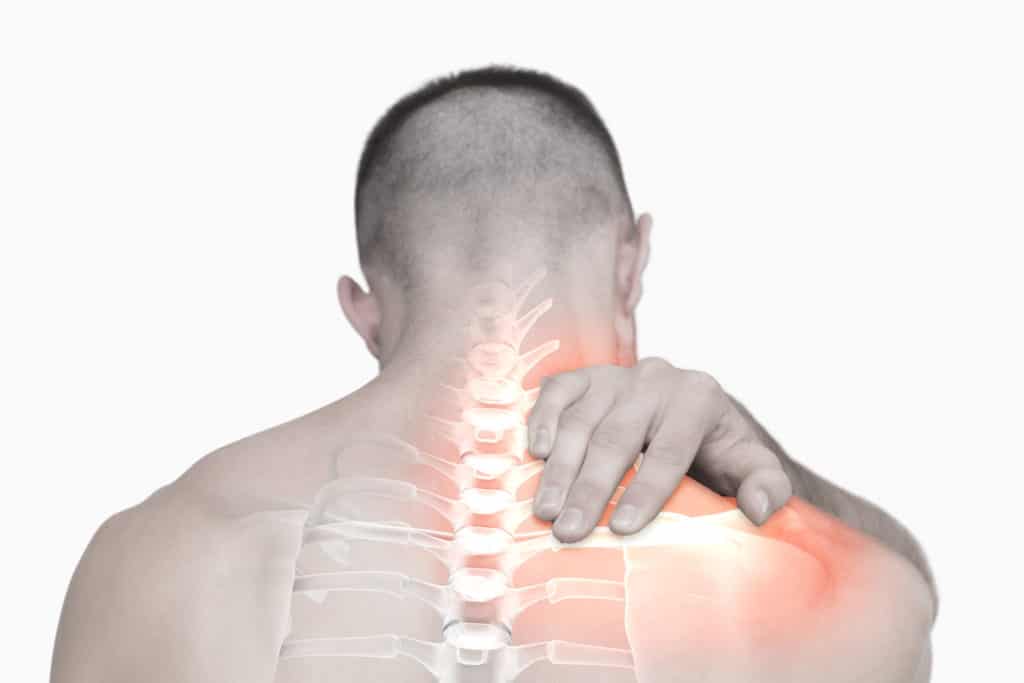
The key to avoiding severe shoulder issues is to seek help as early as possible. For example, you can mitigate shoulder pain and discomfort or even prevent it from developing in the first place or progressing and getting worse with Myofascial Release Therapy treatment.
So, if you have ever had surgery on your shoulder or had a shoulder injury, we recommend preventative treatment with a Myofascial Release Therapist to reduce scar tissue and dissolve restriction in your fascia (connective tissue) before chronic pain and stiffness and potential “frozen” symptoms starts to set in.
We can also create a customized therapeutic self care routine for you to do at home to keep your fascia healthy and prevent shoulder pain.
If you’re ready to get out of pain and want to get started right away we offer all new patients a free 30-minute consult at the Release Works Clinic or via the telephone to learn more about how we can help. Book yours now.

